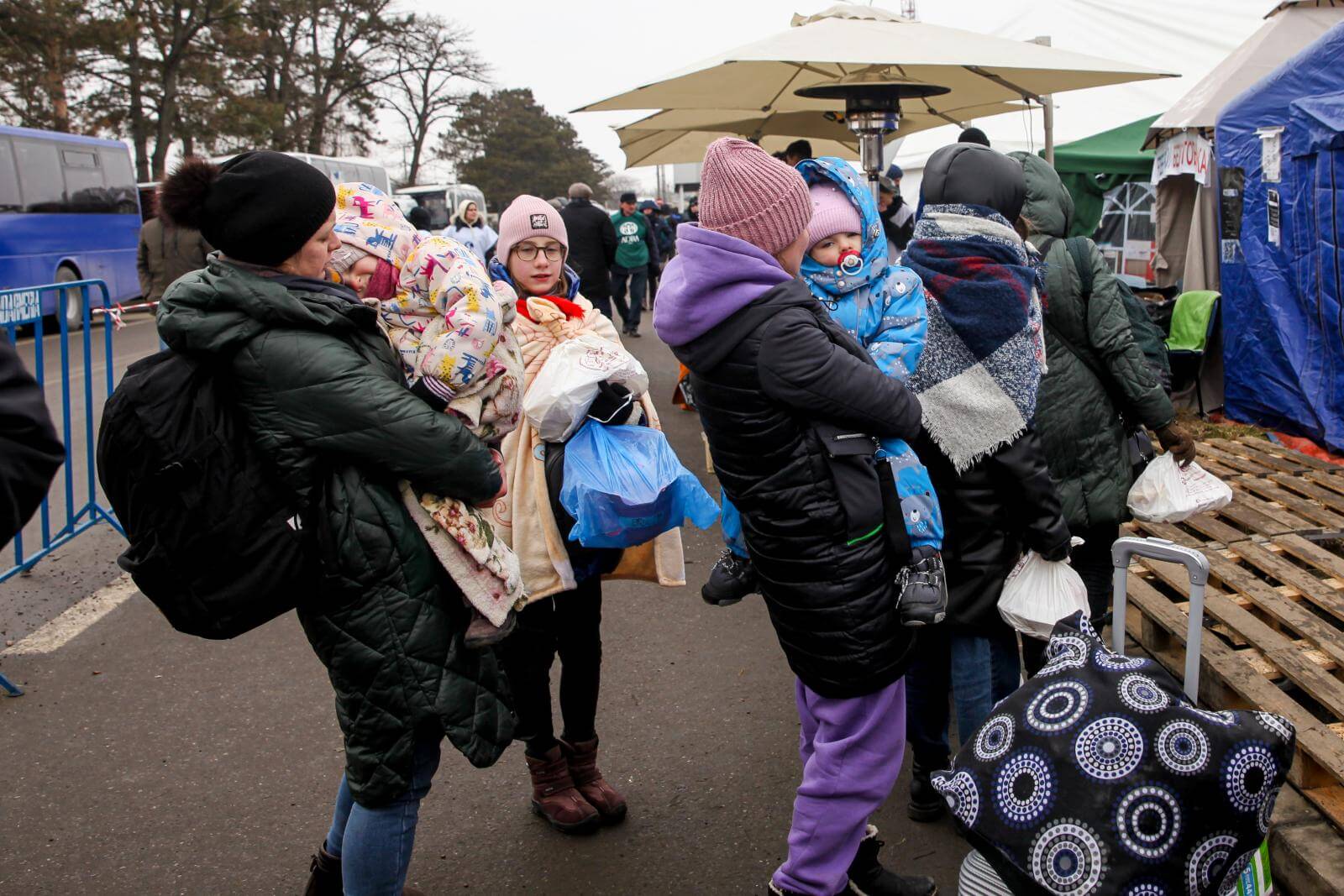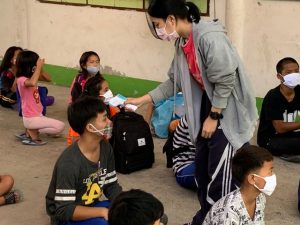Reach Updates: The crisis in Ukraine
The humanitarian situation in Ukraine is increasingly dire and desperate. Thousands of people have been injured or killed. The war has torn families apart as millions have fled the country in search of safety. Meanwhile countless more people remain trapped without access to food, water, medical care, heating and electricity. Here’s what we know, and what we’re doing to help.
How are Ukrainians being affected by the crisis?
More than 4.6 million people have already fled Ukraine in recent days and the United Nations estimates 10 million Ukrainians—a quarter of the population—could be displaced, both inside and outside of the country. 2.9 million Ukrainians were already in need of urgent humanitarian assistance prior to the recent escalation of conflict and at least 1.5 million Ukrainians were already displaced within their country before fighting began.
Damage and destruction have reportedly left about 1.4 million people without access to piped water in eastern Ukraine and a further 4.6 million people across the country at risk of losing water supply. More than half of the Ukrainian population is located in the cities—the largest population centres are Dnipro, Kharkiv, Odessa, and Kyiv—urban fighting has resulted thousands of civilian casualties and significant infrastructure damage.
At least 42% of small businesses in Ukraine have ceased operations. According to a survey by the European Business Association, 42% of small businesses have closed, 31% have temporarily suspended work, and only 13% have managed to continue full, unrestricted operations as of March 14.
More than 4,521 civilian casualties have been confirmed, including 1,932 killed and 2,589 injured, according to the U.N. The actual figure could be considerably higher as many reported casualties have yet to be confirmed.
Who is most vulnerable?
We’re particularly concerned about the elderly (making up 1/3 of people in need of assistance) and people with disabilities. Older, vulnerable people are more likely to remain in their home villages, towns, and cities even with conflict ongoing.
We also know that of the Ukranians already displaced from conflict and in need of assistance, a significant percentage (13%) are people with disabilities. The inability of the elderly as well as people with disabilities to leave was a characteristic of the most recent conflict in Ukraine and in other conflicts in the region, including in Chechnya.
The U.N. has already received heartbreaking reports that children and adults with disabilities could not access shelters and have had to stay behind all alone as their families evacuated. The U.N. also warns that people with disabilities living in institutions are at a higher risk of abandonment since staff members are also leaving. There are 2.6 million people with disabilities registered in Ukraine, but the U.N. estimates there are at least 6.6 million.
What is the experience like for Ukrainian refugees?
We’re seeing that border towns on the Romanian/Ukrainian border are overwhelmed with people crossing over. Fuel and basic supplies are running out in the Ukrainian border towns, as people rush to the border.
Most people drive to the border, before crossing on foot. There are reports of very long waiting lines on the Ukrainian side of the border and many families are being separated during this process. The majority of people crossing are women and children, men aged 18-60 are not allowed to leave Ukraine and are being forced to stay behind and fight. People are disoriented and in shock when they arrive, and while some have family and friends in Romania or other EU countries they are going to meet, many don’t know what their next move is.
There is a great need for information, legal assistance, medical assistance, cash, and psychosocial support. Even though there are a lot of offers for support, like transportation, there isn’t clear information for arriving Ukranians to know what kind of help they can get. Local authorities and organizations at the border are doing their best to provide assistance but do not have the capacity or resources to support such a huge and potentially sustained influx of refugees.




